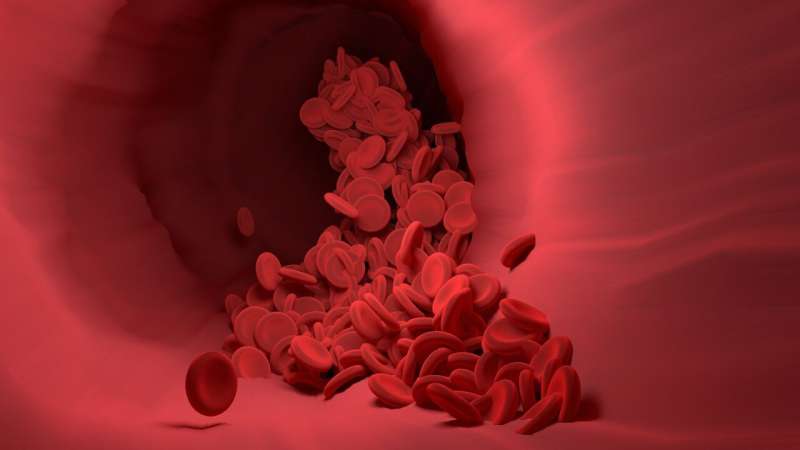Alcohol use in young adults is associated with early ageing of blood vessels


Drinking alcohol during adolescence to young adulthood is associated with accelerated arterial stiffening, a precursor to cardiovascular disease. That’s the finding of a study presented at ESC Congress 2021.
“There was some evidence of a graded increase with heavier usage, meaning that the more you drink, the greater the increase in arterial stiffness,” said study author Mr. Hugo Walford, a medical student at University College London, UK. “The relationship was not explained by other predisposing factors for heart disease, suggesting that risky behavior during this period has a direct effect on vascular health.”
As people get older, their arteries naturally become stiffer and less elastic. Stiffer arteries are associated with higher risks of heart disease and stroke. Certain behaviors can accelerate arterial stiffening. For example, previous research has shown that smoking tobacco and drinking alcohol are linked with stiffer arteries in teenagers.
As young adulthood is a critical period for initiation and heavy usage of smoking and alcohol, this study focused on changes in arterial stiffness between the ages of 17 and 24 and the relationship with these habits.
The study included 1,655 participants of the Avon Longitudinal Study of Parents And Children (ALSPAC) aged 17 to 24 years. Alcohol and smoking were measured at ages 17 and 24 and results at the two time points were combined. Alcohol use was classified as never, medium (4 drinks or less on a typical day of drinking), and high (more than 5 drinks on a typical drinking day). Smoking was categorized as never, past, medium (less than 10 cigarettes a day), and high (10 or more cigarettes daily).
Arterial stiffness was assessed at ages 17 and 24 using a non-invasive technique called carotid-femoral pulse wave velocity, which is a robust and independent predictor of future cardiovascular disease, especially in young people.
The researchers examined associations between smoking and drinking habits and changes in arterial stiffness between ages 17 and 24. The analyses were adjusted for age, sex, and socioeconomic status, plus the following measures at age 24: body mass index, blood pressure, low-density lipoprotein (LDL) cholesterol, blood glucose, and C-reactive protein (a measure of inflammation).
Alcohol consumption between the ages of 17 to 24 was classified as never, medium, and high in 7%, 52%, and 41% of participants, respectively. Smoking during that time was categorized as never, past, medium, and high in 37%, 35%, 23%, and 5% of participants, respectively.
Arterial stiffness increased by an average of 10.3% from age 17 to 24, with a slightly greater increase observed in women than in men. Arterial stiffness increased with each point rise in the average alcohol score. No graded increase in arterial stiffness was seen with the average smoking score. While high intensity smokers had a numerically greater increase in arterial stiffness than never smokers, this only reached statistical significance in women. Changes in arterial stiffness between ages 17 and 24 did not differ between ex-smokers and never smokers.
Mr. Walford said: “The results suggest that arterial damage occurs in young drinkers and young women who smoke heavily. Never smokers and ex-smokers had similar alterations in arterial stiffness, indicating that quitting can restore vascular health at this young age.”
Source: Read Full Article